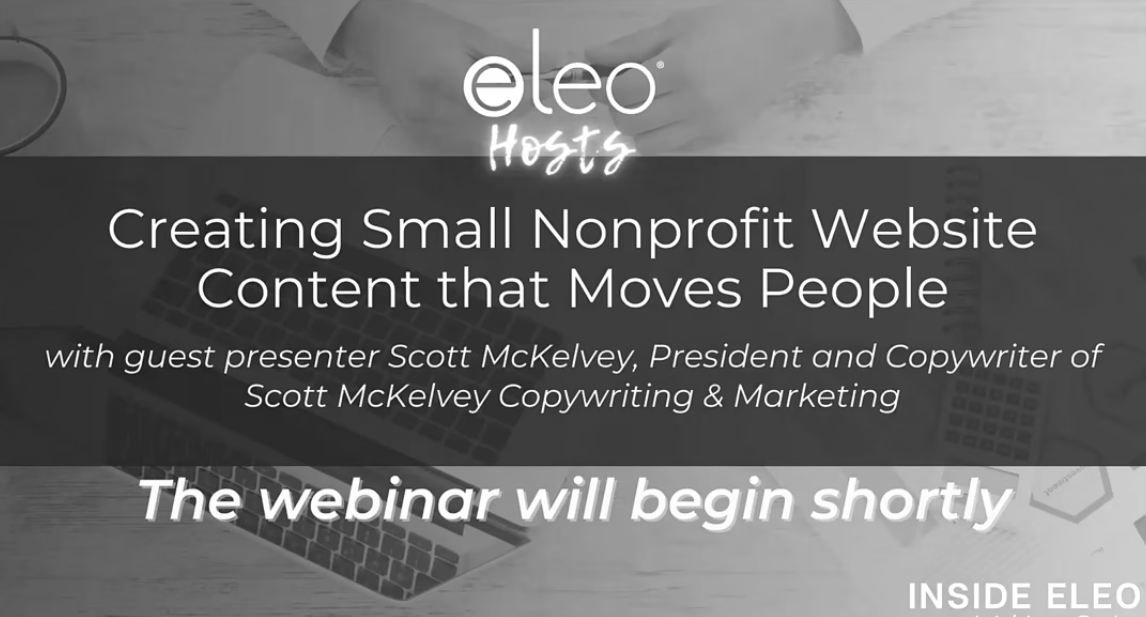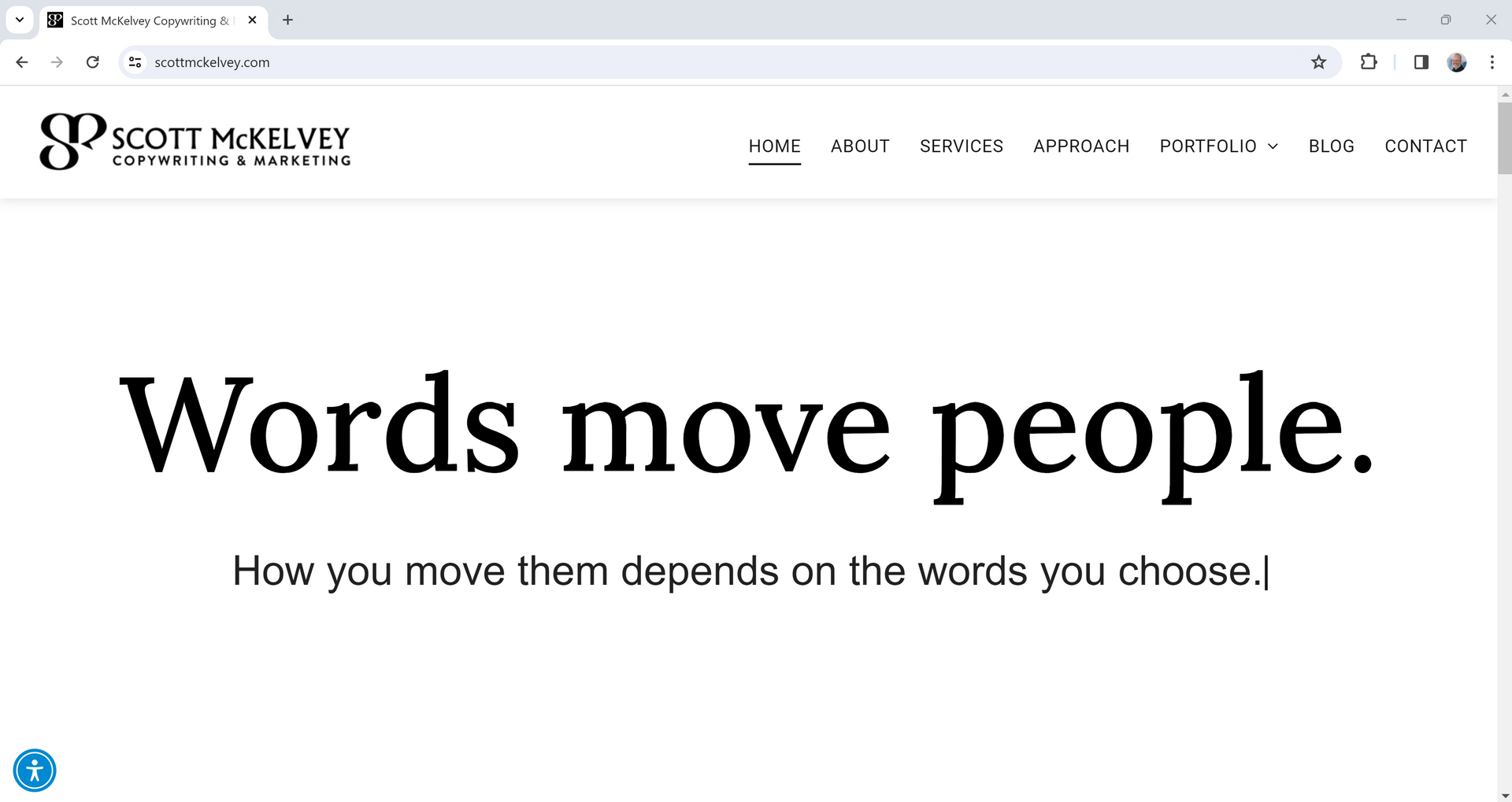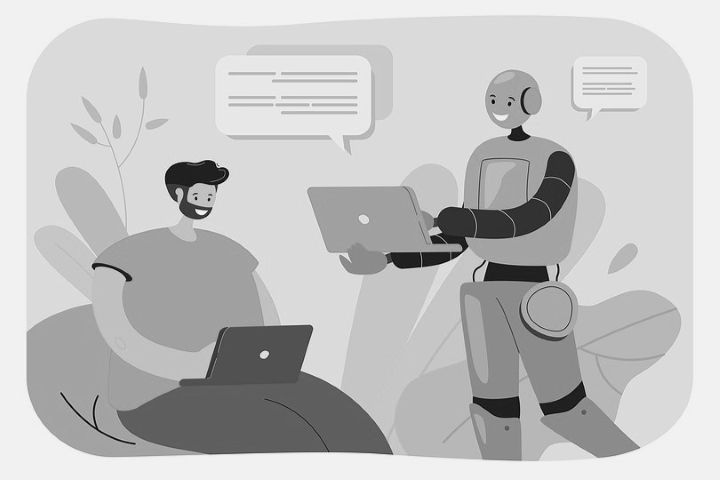Blog

By Scott McKelvey
•
24 Jul, 2024
I want to say upfront that this is not a bitter, AI-bashing article. AI is a valuable tool when used correctly. For what it’s worth, any problems I have with AI are based on deceptive marketing and unrealistic expectations, as you’ll see here. But I digress… The prevailing expectation among first-time users of AI writing tools seems to be that you can type a few words into a little white box and receive valuable, usable content in a matter of seconds. Unfortunately, that’s not how AI writers are engineered to work. The problem is that most people see AI as a shortcut and a cost-cutting measure, not a tool for improving the quality and value of their content. Essentially, they want to automate content writing with AI like they would automate other business functions with technology. I remember the very first conversation I had with an agency rep who was using AI to write blog articles. He wanted to provide clients with a cheaper option. The agency knew the quality was inferior but didn’t want to “lose the business.” Another problem is that several popular AI writing tools were originally marketed for speed. But they should have specified speed of output, not speed of input, or prompting. Let me explain. You Can’t Skip the Heavy Lifting I often talk about the heavy lifting that happens before I sit down to write. Basic discovery and research. Identifying the purpose, core message, and key supporting points of the content. Identifying the specific audience for this specific content. Discussions about brand voice and tone. How this content fits into your overall marketing strategy. Standard questions that connect the dots between what you do and what your audience wants (problems and pain points, obstacles to the sale, misconceptions, solutions and processes, desired outcome, etc.). Deeper follow-up questions that uncover the most meaningful information, authentic stories, and key points of competitive differentiation. This heavy lifting is the difference between words on a page and strategic marketing content that creates moments of human connection. AI generates content based on what you feed it and what it can consume from other sources. If you want AI-generated content to be just as compelling and have as much impact as human-written content, you can’t skip the heavy lifting. You have to go through the bullet points I just referenced and feed that information into the AI writer through “prompts” – the information you type into the little white box. There’s a reason why people are taking courses to become prompt engineers who have the training to feed AI models what they need to generate the desired output, whether written content, video, images, or solutions to complex problems. It’s hard work. And, in the case of marketing content, you have to know what questions to ask, how to dig deeper with a second layer of questions, what information to share, what stories to tell, and what details to leave out. The Choice Can you type a few words into a little white box and have AI produce coherent, accurate, grammatically correct content that includes certain keywords? Yes, you can . That doesn’t mean you should . You’re likely to end up with content that’s generic. Content with no distinct voice or point of view. Content that doesn’t speak to the specific needs of your ideal client. Content devoid of real-world stories that reinforce your message and validate your claims. Content that doesn’t do justice to your ability as an organization or individual to solve people’s problems. The choice you have to make is whether you’ll be satisfied publishing and attaching your name to this kind of marketing content, which is probably destined to be lost and forgotten in a vast sea of sameness. If you want to use AI to develop content that moves people – moves them emotionally, moves them with facts and logic to justify emotional decision making, and moves them to act – you have to do the heavy lifting. There’s no getting around it. Unless you work with a human writer who does the heavy lifting and writing for you. There’s always that.

By Scott McKelvey
•
05 Jun, 2024
I recently had the pleasure of presenting the webinar “Creating Small Nonprofit Website Content that Moves People” to nearly 100 attendees. Although the webinar is geared towards nonprofits, the same basic principles apply to small business websites as well. I focused on the following key areas: The purpose of website content for small nonprofits Characteristics of effective website content How to uncover what matters most to your audience An AI reality check Thank you to everyone who attended the webinar and asked great questions. Thank you for making a difference in your communities. Thank you to my friends at Eleo Donor Management Software for inviting me to present, for providing such valuable resources to small nonprofits, and for being such a fantastic partner over the years. If you would like to provide insightful, actionable marketing content to the members of your chamber of commerce, trade association, professional organization, or nonprofit group, please contact me to discuss ideas for a custom webinar! Watch the Webinar

By Scott McKelvey
•
18 Mar, 2024
Extra-large fonts. Plenty of white space. All black and white. Design driven by typography and subtle animation. In an age dominated by video and imagery, I made words the star of the show. I wanted to remind people that words are part of every marketing strategy. Discount their importance at your own peril. Although marketing typically works best when words are thoughtfully and seamlessly integrated with purposeful visuals, words alone have the power to move people. Move people emotionally. Move people with logic and facts that justify emotional decisions. And move people to action. I started in this direction with my last website, which I loved, but I didn’t have the vision or the stomach to take it all the way and try something totally different. Funny thing is, I wouldn’t recommend this type of website to anyone else. This is the website that makes sense for my business. Right now. In today’s business and marketing climate. To be clear, I didn’t set out to create something completely unique. And it might not be. But I haven’t seen other websites like this. The central theme is human connection. Because that’s what good marketing is capable of creating. Strategic storytelling. Building trust and loyalty. Growth driven by relationships, not transactions. Getting people to not only believe you, but believe in you. All in support of and alignment with clearly defined business goals. My new website also provides a window into me as a human. My story. My voice. My approach. Why it all matters. You’ll have a pretty good idea of what you can expect from working with me before you call, email, or fill out a form. Not coincidentally, AI is not mentioned anywhere on my new website. I’m not hiding from it. I’ve written blog articles about AI. I was interviewed by a CNBC reporter after posting about AI on LinkedIn. I use AI for research and brainstorming because it saves me time. But testing various platforms has revealed a simple truth. When it comes to writing marketing content and telling stories that create moments of human connection, AI isn’t there yet. Not even close. And AI can’t replicate the heavy lifting I do before the writing happens. More importantly, someone who visits my website wouldn’t be there if they thought a machine could write and tell a story as well as a talented human. Or ask the kinds of questions required to develop the right message. By the way, did you notice AI companies that originally peddled their shiny new objects promising speed and automation are now shifting their focus to the human value of AI? Glad they’re finally coming around. There are no shortcuts to connecting with people on a human level in an effective, meaningful way. Other “likes”: My new logo mark, the only non-text element on the website. As my girls would say, it slays. The complete story – beginning, middle, and end – told in 19 words at the top of the Home page. 23 if you count the deleted words. The animation within said story that illustrates actual writing while subtly creating interest and commanding attention. The shift from WordPress to Duda, which will be so much easier for me to update, tweak, and test without coding or managing a bajillion plugins. Special thank you to my colleague and friend, Eric Acevedo, at Visual Media for helping me bring my vision to life, doing all the things I don’t know how to do, and thinking of all the things that I never would consider. So that’s the story behind my new website. I couldn’t be happier with how it looks, feels, and reads. I hope you like it, too. And if you’re a potential client or collaborator, I hope the website captures the value I deliver and inspires you to get in touch.

By Scott McKelvey
•
02 Aug, 2023
CNBC Tech Reporter Jonathan Vanian contacted me out of the blue a few months ago because he read my article and LinkedIn posts on generative artificial intelligence (AI) tools for copywriting. Side note: Content marketing works! He thought my takes on the subject were “a breath of fresh air and highlighted some of the realities […]

By Scott McKelvey
•
19 Apr, 2023
When it comes to creating or updating a website, the copywriter is often the last one invited to the party. There are a few different scenarios I typically encounter. The first, and worst, involves the shady website developer. The shady website developer makes it sound like they’re offering a “full website package,” which the business […]

By Scott McKelvey
•
31 Jan, 2023
During a speed networking event yesterday, two people mentioned ChatGPT. A few high-level thoughts on generative AI, focusing on the content writing component… This is not new technology. I know of at least a half dozen AI writing tools, although I haven’t used them or researched them extensively. AI in general, relatively speaking, is still […]
Subscribe to my blog to receive insights and commentary about copywriting and marketing.
SIGN UP FOR MY BLOG
Thank you for subscribing to my blog!
Oops, there was an error sending your message. Please try again later.
I love testimonials, but only real-world, unfiltered client feedback tells the whole story.
© Scott McKelvey Consulting, LLC. All Rights Reserved. | Privacy Policy | Accessibility Statement

